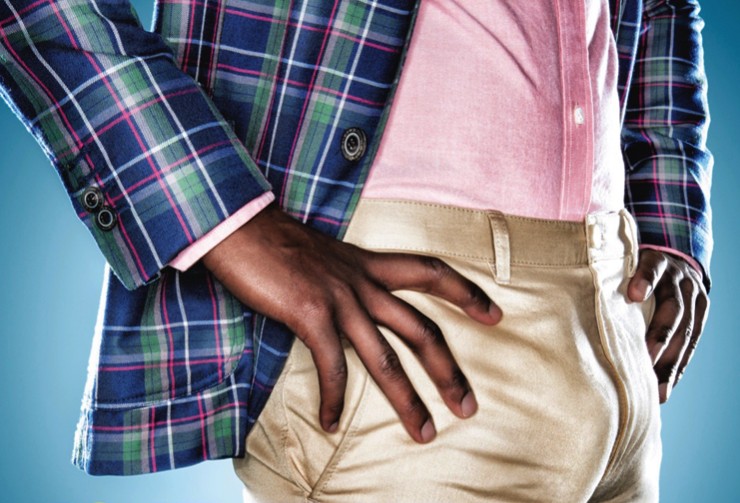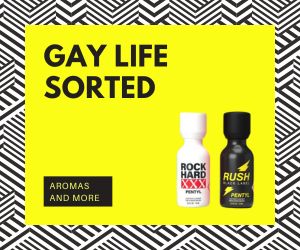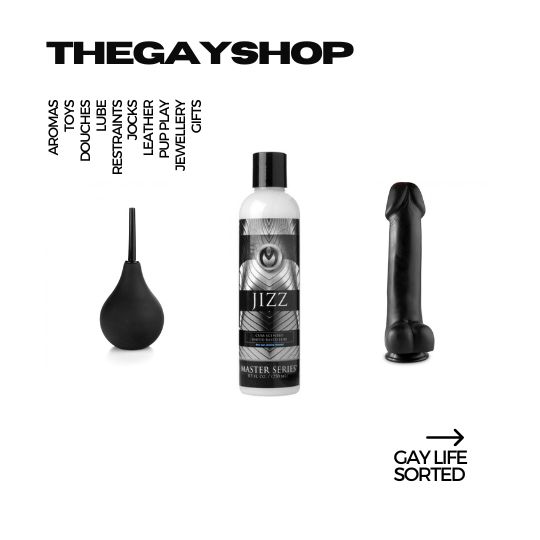You get what you’re not looking for. The best things in life aren’t necessarily free (you get what you pay for, too), but they’re often completely unexpected: love, friendship, the perfect job, a stunning view, a grand epiphany. Oh, the thrill of happy accidents, things you stumble upon when you’re looking for something else, or when you aren’t looking at all.
I had no idea what I was looking for when I launched my expat adventure around the world. I’d always been driven by wanderlust, so travelling was in my soul. I’d spent years dreaming of being born again, rising from corporate journalism’s golden coffin lined with biweekly paycheck stubs and 401K receipts, and relocating to a land far, far away. I didn’t think I’d ever actually do it, though. Where would I put all of my stuff?
After fifteen years as a magazine writer and editor in New York City, I was feeling restless and craving change. I loved my job, but I hated my work. As much as I respected the publications for which I had toiled over the years (People, Teen People, Us Weekly, Entertainment Weekly), I felt like a hack. I was doing it for the money, and I wasn’t making enough of it to distract me from the bigger picture.
I wanted to write about something more meaningful than baby bumps, PDA and who was sleeping in Britney Spears’s bed, but I wasn’t sure how to reinvent myself. The first thing they teach you in journalism school is to “write what you know.” I knew a lot about music, movies, pop culture and celebrities. But I didn’t really know anything at all.
I needed a new classroom. New York City had been good to me. I made decent money, and I owned a great apartment in an ideal location, on 14th Street, right off Union Square. I was at the center of the universe, surrounded by friends and colleagues. But I felt so alone. In my twenties, I’d had three significant relationships (with Derek, Khleber and Tommy) that each lasted for around one year. My thirties were defined by short romances (with Todd, Kevin, Khleber again, Bryan-with-a-y), none lasting longer than a few months, and one-night stands, each less fulfilling than the one before it.
“Why don’t you have boyfriend?”
That question was the bane of my bachelorhood in New York City, frequently asked by concerned friends and curious strangers. Why was I still single? I have four theories.
1) Living in New York City is not conducive to long-term romance. Anyone who has seen Sex and the City knows that. And being a salty, cynical Miranda (with the occasional Samantha rising) didn’t do my love life any favors.
2) I was a black man in a white gay world. Therefore, I was largely invisible. I wasn’t what most American gay men, white or black, were looking for, which came as quite a surprise to a black woman who started talking to me one night at the Cock, a raunchy sex dive on Avenue A in the East Village. She couldn’t understand why I was standing on my own, watching men walk right past me to line up to get to Dave, my white, blue-eyed best friend. “Everyone here should be all over you,” she insisted. “The gay men in New York City must either be blind or racist as hell.” By way of commiseration and flattery, she had nailed an undeniable urban truth.
3) I was too picky. On the day I turned twenty-eight, my mother, Dave and I were on our way to my birthday dinner in Tribeca when the subject turned to my chronically pitiful romantic status. Mom offered her own theory to explain it: “You give up on people too easily.” I didn’t see it her way — not entirely. I just didn’t have the patience to cling to a relationship that clearly wasn’t working in hopes that it one day might. She didn’t raise no fool for love.
4) I didn’t really know what I was doing.
My sister once shared an interesting quote with me: “Men need to make love to feel love. Women need to feel love to make love.” What nobody ever told me was that men need to have intercourse to feel like they’re making love. In some ways, I was practically a virgin. I’d lived in New York City for fifteen years and traveled all over Europe and, somehow, I had escaped that dreaded “Top or bottom?” question. I had no idea what I wasn’t missing.
I could have counted on one hand the number of men with whom I went all the way during my first decade and a half of gay sexual activity, which began at age twenty-two with Ken, also twenty-two, whom I met at a long-defunct East Village gay watering hole called Tunnel Bar, a few weeks into my life as a new New Yorker. He was the first guy I ever let inside of me (with a condom, of course, for I was an obedient child of the safe-sex era) and the last in New York City to request entry via the back door.
Most of my boyfriends and the men I hooked up with didn’t seem to be any more interested in anal sex than I was. For me, it was too painful as a “bottom,” too boring as a “top.” I certainly wasn’t going to initiate it, and the men I met didn’t either. Maybe the fear of HIV and AIDS and the still somewhat primitive treatments discouraged them from pursuing intercourse with the wild abandon that was to come, but I can’t help but wonder how many of them must have left my bedroom disappointed, determined never to return.
It wasn’t until I moved to Buenos Aires that I realised how crucial penetration and sex roles were to gay love and romance, for horny Argentines, especially the twenty-something ones who came of age during the era of HIV drug therapies, when being positive was no longer a death sentence, were nothing if not forthcoming and sexually reckless.
The gay world there was divided into two types: activos y pasivos (“tops and bottoms”), especially for the latter. The “bottoms” seemed to be the majority and, for the most part, they were interested only in what you could give them. The blacker, the bigger (according to that old urban myth, which they embraced with lustful gusto). The bigger, the better! I’d traded one fringe existence for another!
The feeling of forever being an outsider and the sense of isolation that came with it was what had led me to Buenos Aires in September of 2006. (My aforementioned “stuff” went into a Brooklyn storage space.) After so many years in New York City, I still didn’t know where I fit in there, as a human being, as a journalist, as a gay man, as a black man.
I’d had a lifelong complicated relationship with people of my own colour. It began when I was four years old and my family moved from the US Virgin Islands, where I was born, to the US mainland, in Kissimmee, Florida, where I would spend my fourteen most formative years. We eventually settled in an all-black neighborhood, and despite the physical similarities I shared with our neighbors, I probably wouldn’t have felt more like an outsider if we’d ended up in the whitest part of town.
The racism that Kissimmee’s white redneck population directed toward me didn’t compare to the racism and xenophobia I encountered from the black Americans there who resented my family because we were black and foreign. They called us “noisy Jamaicans” because, apparently to them, one Caribbean island fit all. We spoke with strange accents, and we kept to ourselves. Who did we think we were? What did we think we were: better than them?
When my first-grade classmates asked me where I was from because of the funny way I spoke (counting to “tree” instead of three), I sometimes lied and said the Virginia Islands, hoping they wouldn’t realize that no such thing existed. I was too ashamed to say “the Virgin Islands.” I wanted to fit in, and if the way I talked was going to lead to ostracism by my black classmates (interestingly, I can’t recall a single white kid ever ridiculing me for that), at least I could come from a place that wasn’t so exotic.
White bullies limited their racism to verbal cut-downs. It never touched me physically. “I smell nigger” coming from rednecks on the playground damaged my eleven-year-old psyche, but the black-on-black racism left physical as well as emotional scars. If they thought their words could never hurt me, the black bullies started picking up sticks and stones.
The physical bruises healed, but the mental ones never did completely. It wasn’t until I went to the University of Florida in Gainesville that I finally escaped the emotional and physical cruelty. For the first time, the majority of black Americans I met didn’t treat me like the enemy. If my exposure to them helped me to eventually overcome the fear and resentment of black people that had been borne from my experiences in Kissimmee, I never forgot how difficult and confusing it had been to be one of them, a so-called African-American, while not being accepted as one of them.
I didn’t set out to write a book. I just started writing — long emails to friends in which I shared my travel tales, articles for various magazines and websites, entries in Theme for Great Cities, the travel/entertainment/lifestyle blog that I launched in 2008. It was my blog readers — a combination of old and new friends, family members, former colleagues and people I’d never met — who convinced me to compile my experiences as a stranger in strange lands negotiating love, lust and racism in new cultural settings and in different languages into a book. (The names of most lovers and other strangers have been changed to protect their privacy.)
I had stories to tell the world. I also had bills to pay. Freelance writing doesn’t guarantee you’ll earn enough money to get around any city, much less around the world. I was fortunate enough to have done relatively well financially.
When I traded New York City for Buenos Aires, I had two apartments — one in the city I was leaving, one in my destination — to show for my decade and a half of professional effort. I lived mostly off my savings and rental income from the one in New York City for my first three years in Buenos Aires, before selling it in late 2009 and dialing 1-800-GOT-JUNK to arrange for the disposal of most of my mostly forgotten stuff, which was now officially “junk,” in the Brooklyn storage space for a $500 fee. The tidy profit from the apartment sale continues to finance my expatriation.
Meanwhile, I perfected the art of living on $10 to $15 a day, which was fairly easy in cheap cities where the U.S. dollar was strong, like Buenos Aires and Bangkok, but a considerable challenge in overpriced Melbourne. The money you save by not eating out, not being a slave to the latest fashion and not accumulating new possessions you can put toward other nonessentials, like plane tickets.
The rest you just improvise. I didn’t intend to spend four and a half years in Buenos Aires. I’d gone there on my three previous holidays and bought a one-bedroom apartment in Palermo on the third one, so it seemed like an excellent time to put it to good use. I arrived for the fourth time expecting to last six months there. Four years later, in 2010, I visited Australia for the first time with tentative plans to make Sydney my new home and fell in love with Melbourne instead. I went to Bangkok for one month only in July of 2012 and ended up spending a total of seventeen months there during the next two years.
You get what you’re not looking for. I knew that when I set sail from one “New World” to another. I was hoping that somehow, unexpectedly, I’d find it.
Printed with permission by Jeremy Helligar. Follow Jeremy on Twitter
Taken from Issue 9. Download or Subscribe now.
Opinions expressed in this article may not reflect those of THEGAYUK, its management or editorial teams. If you’d like to comment or write a comment, opinion or blog piece, please click here.
Opinions expressed in this article may not reflect those of THEGAYUK, its management or editorial teams. If you'd like to comment or write a comment, opinion or blog piece, please click here.



